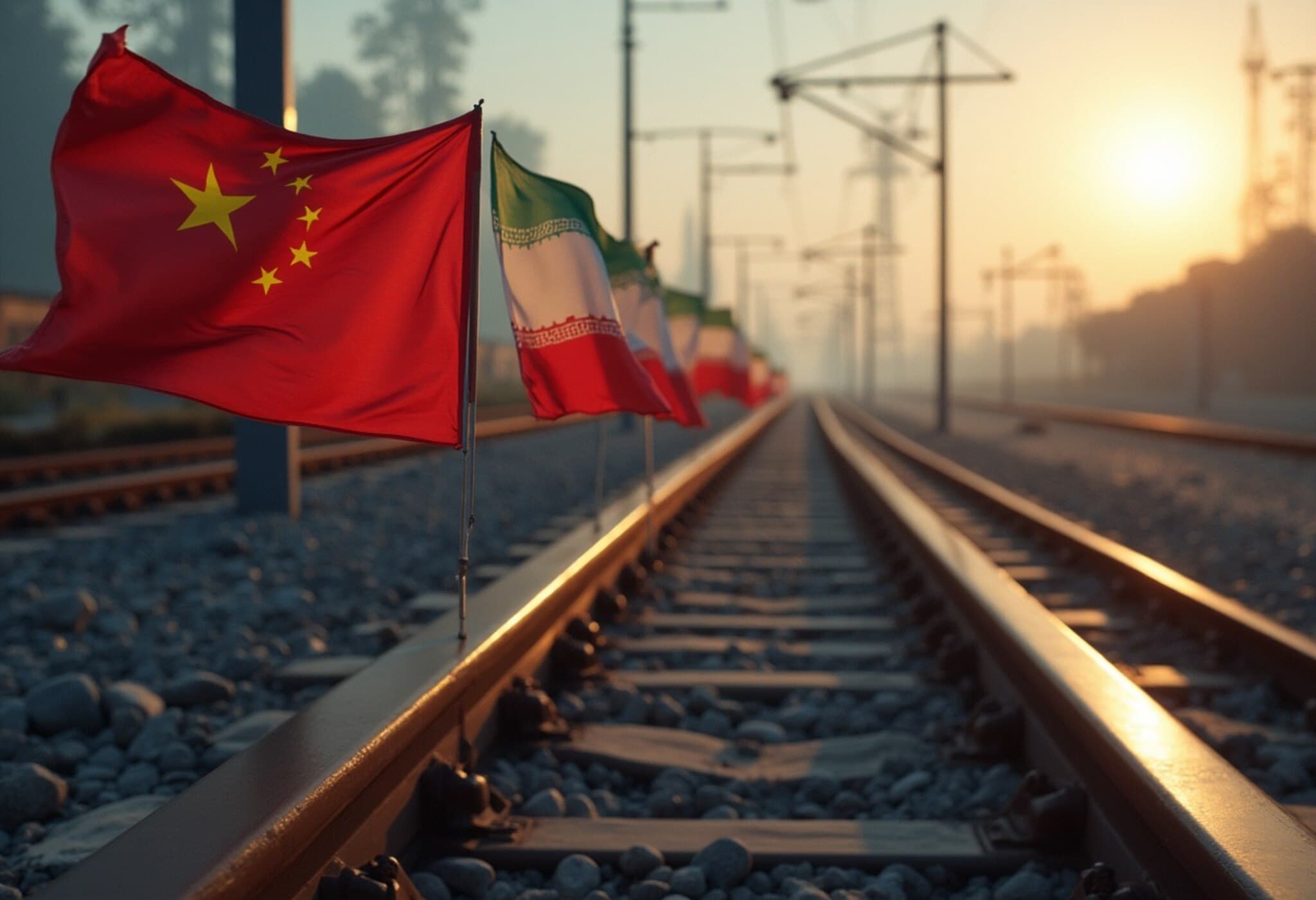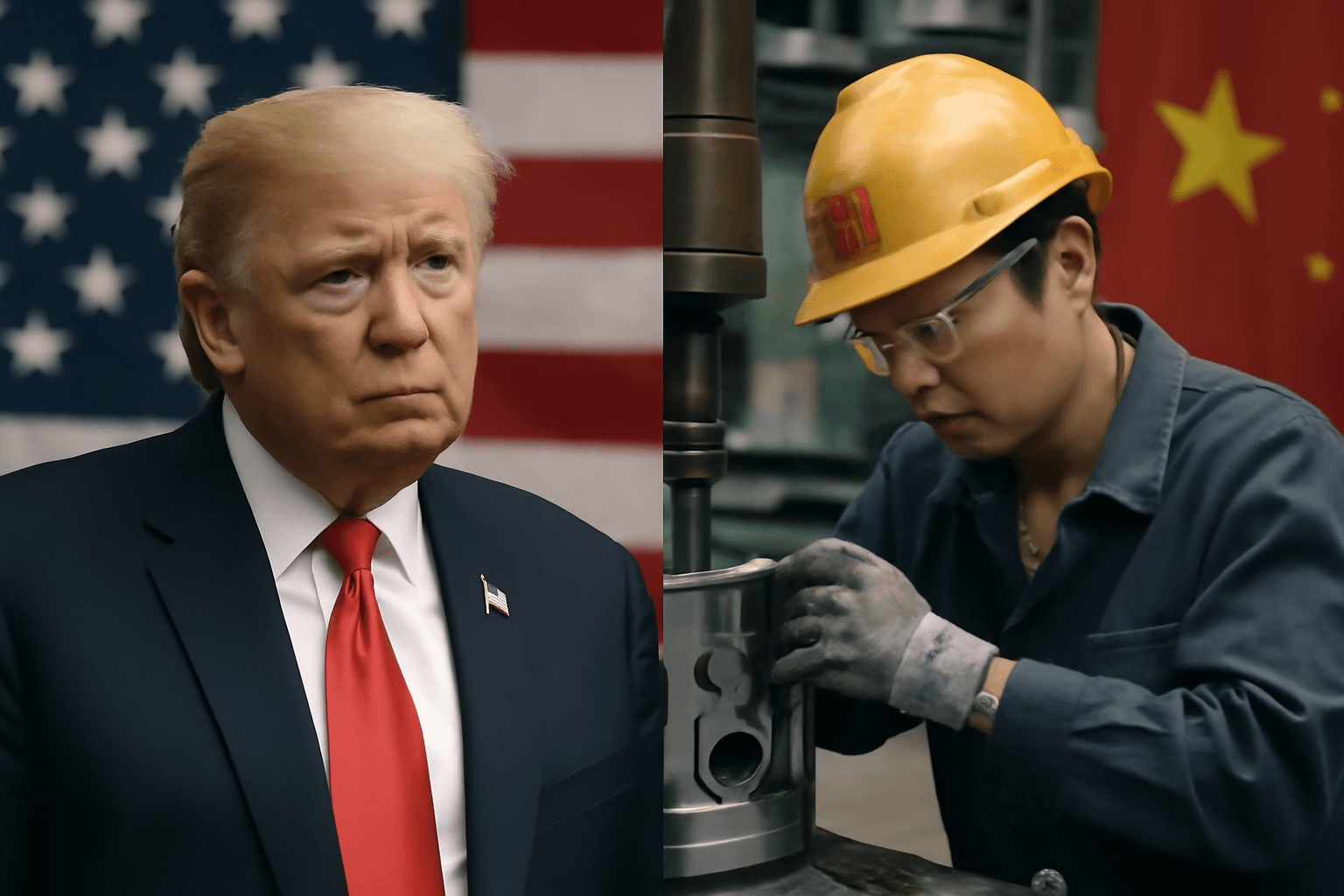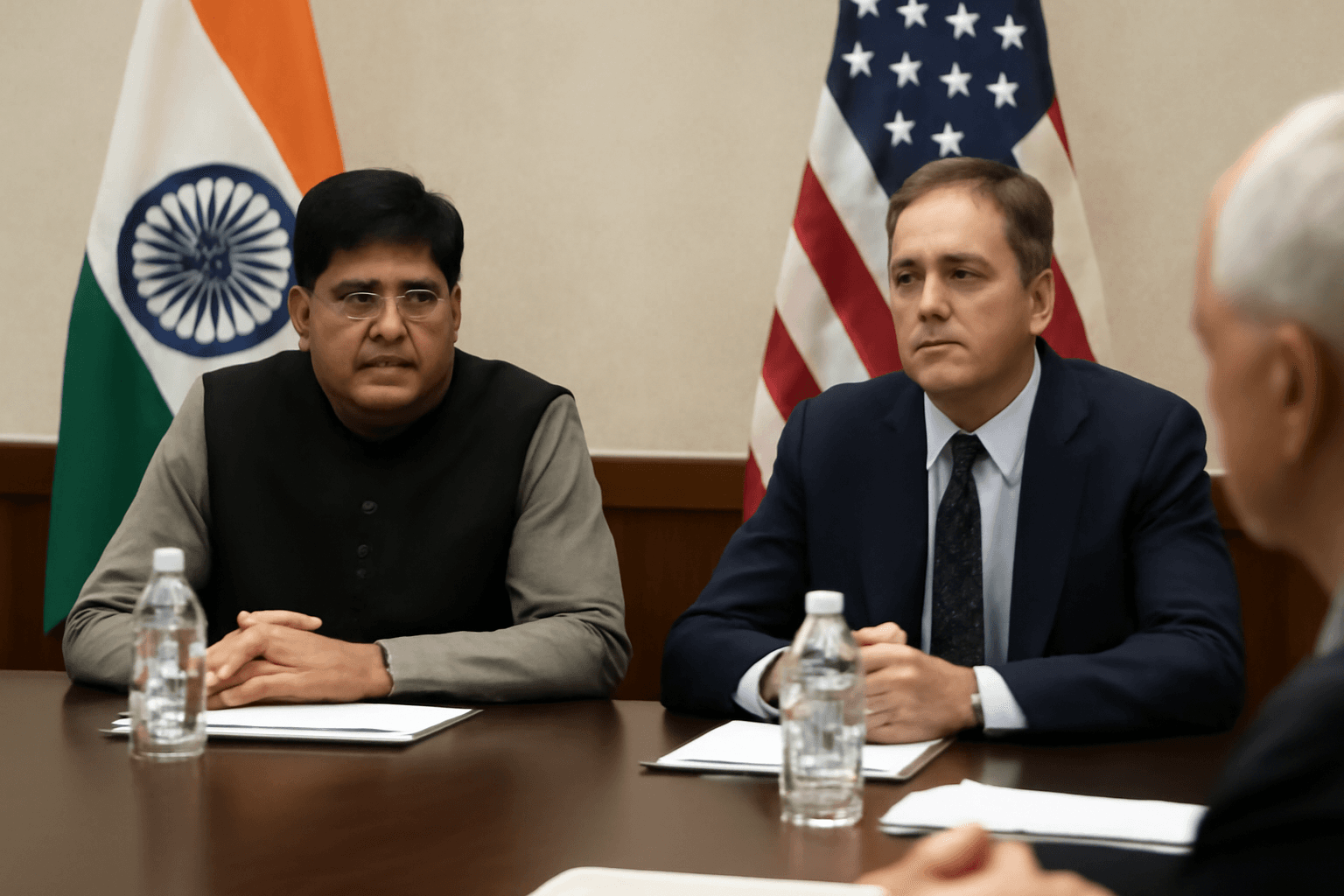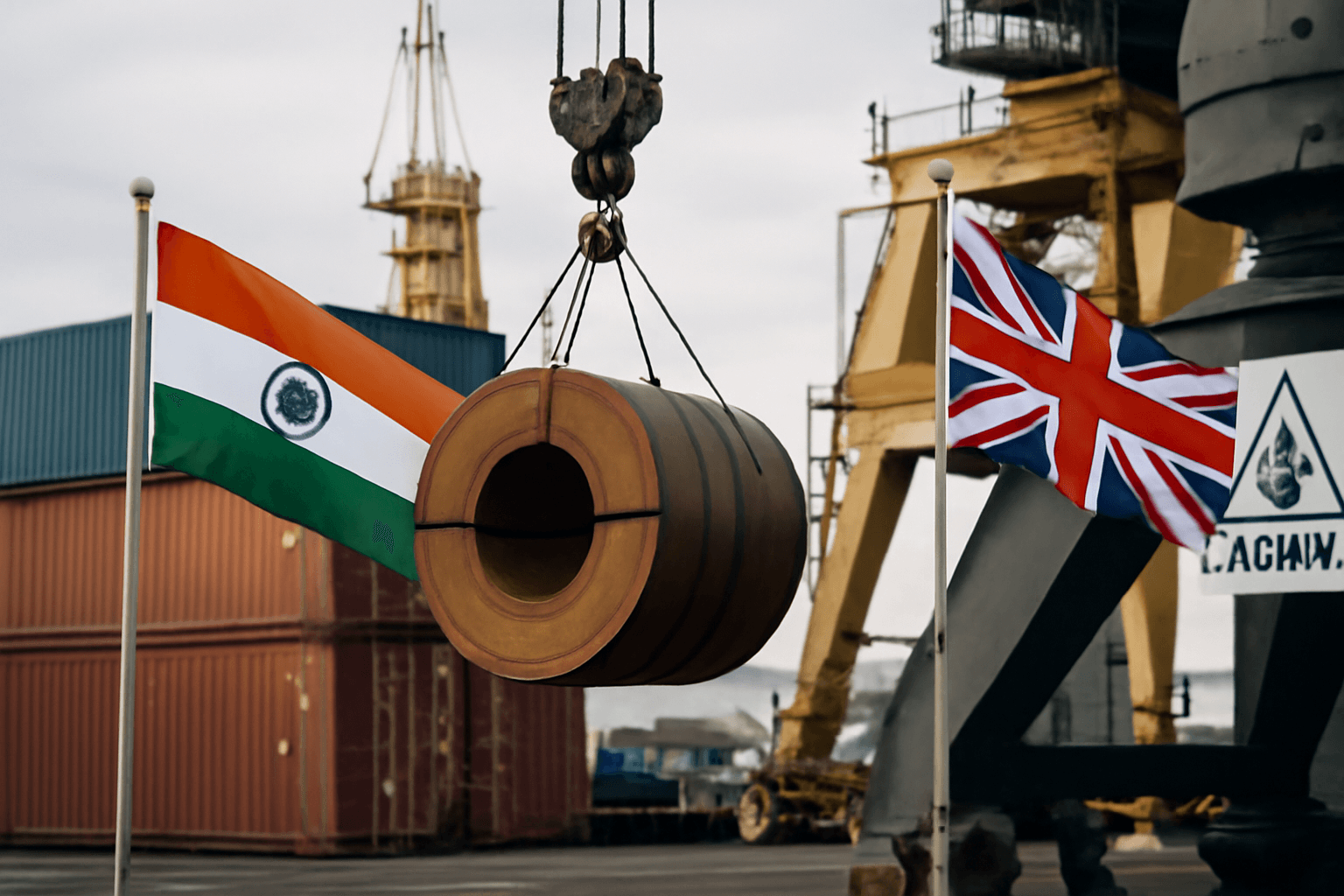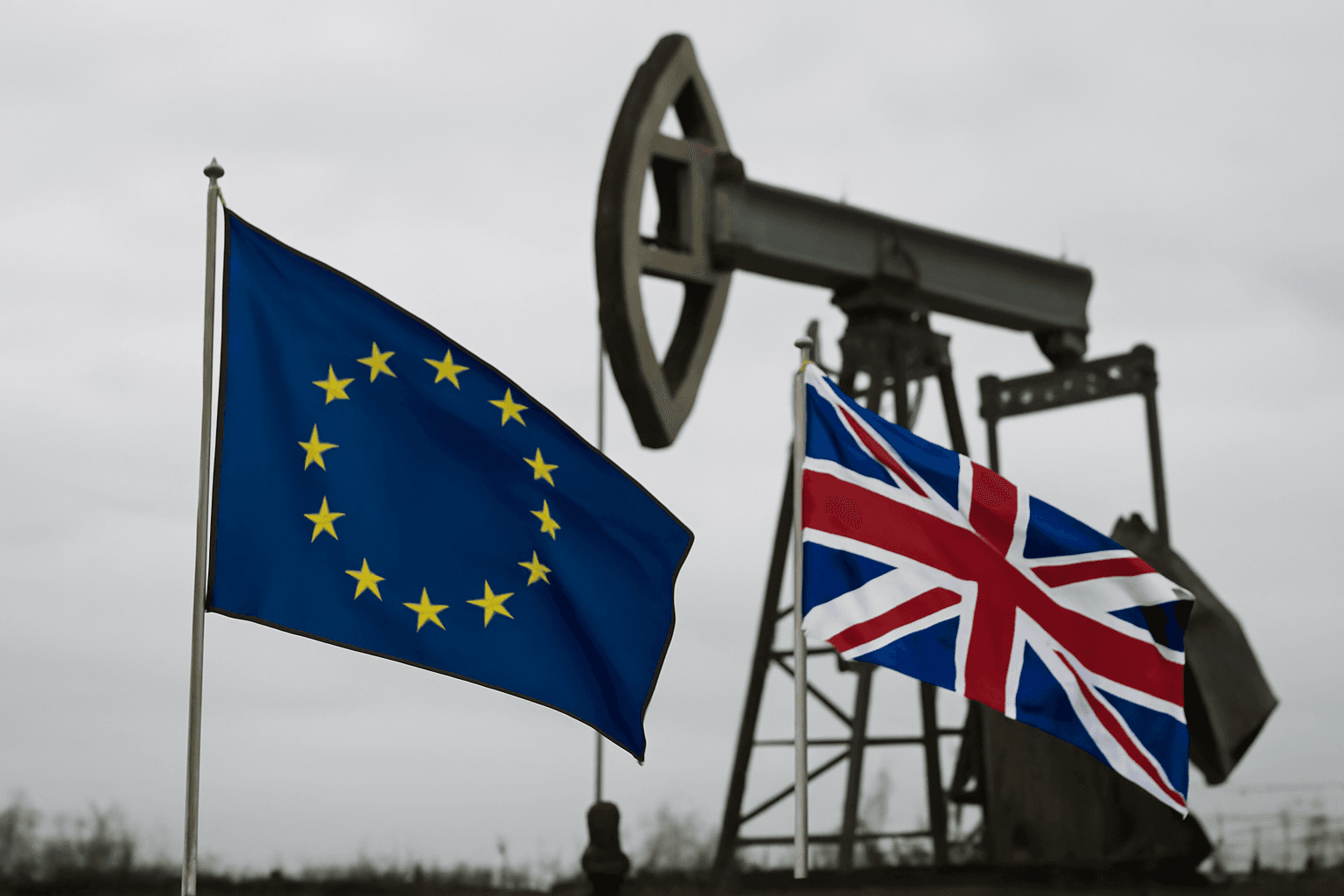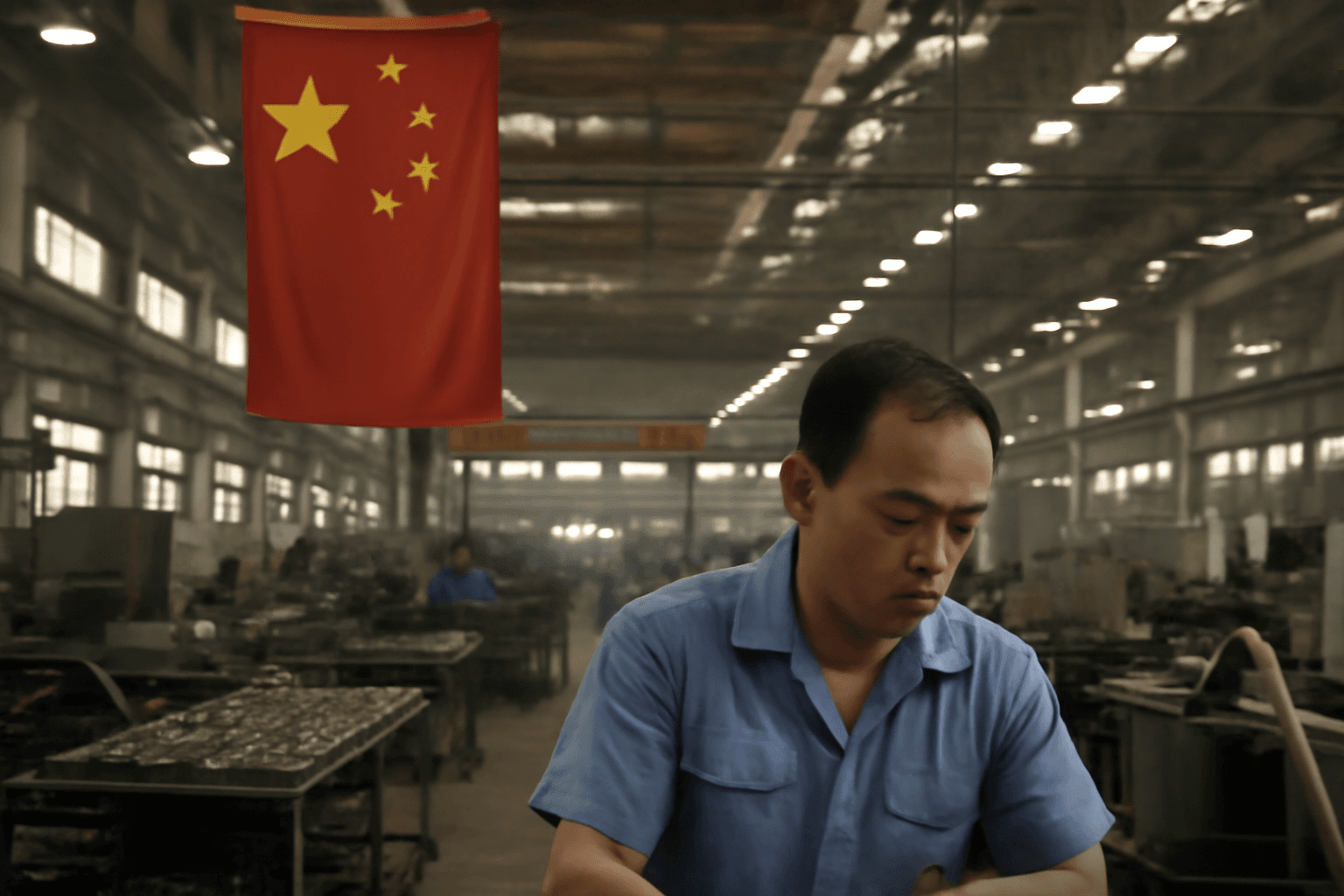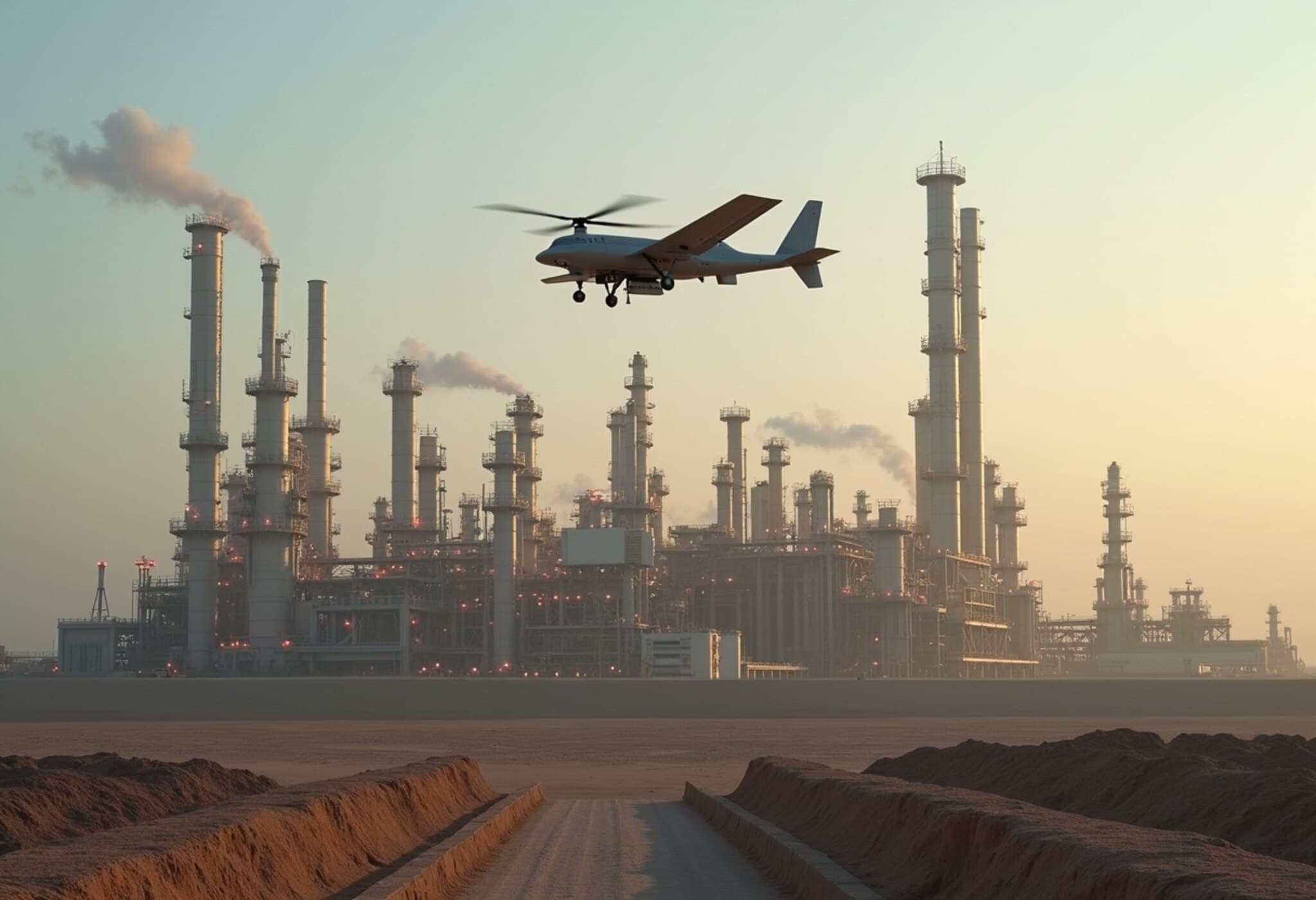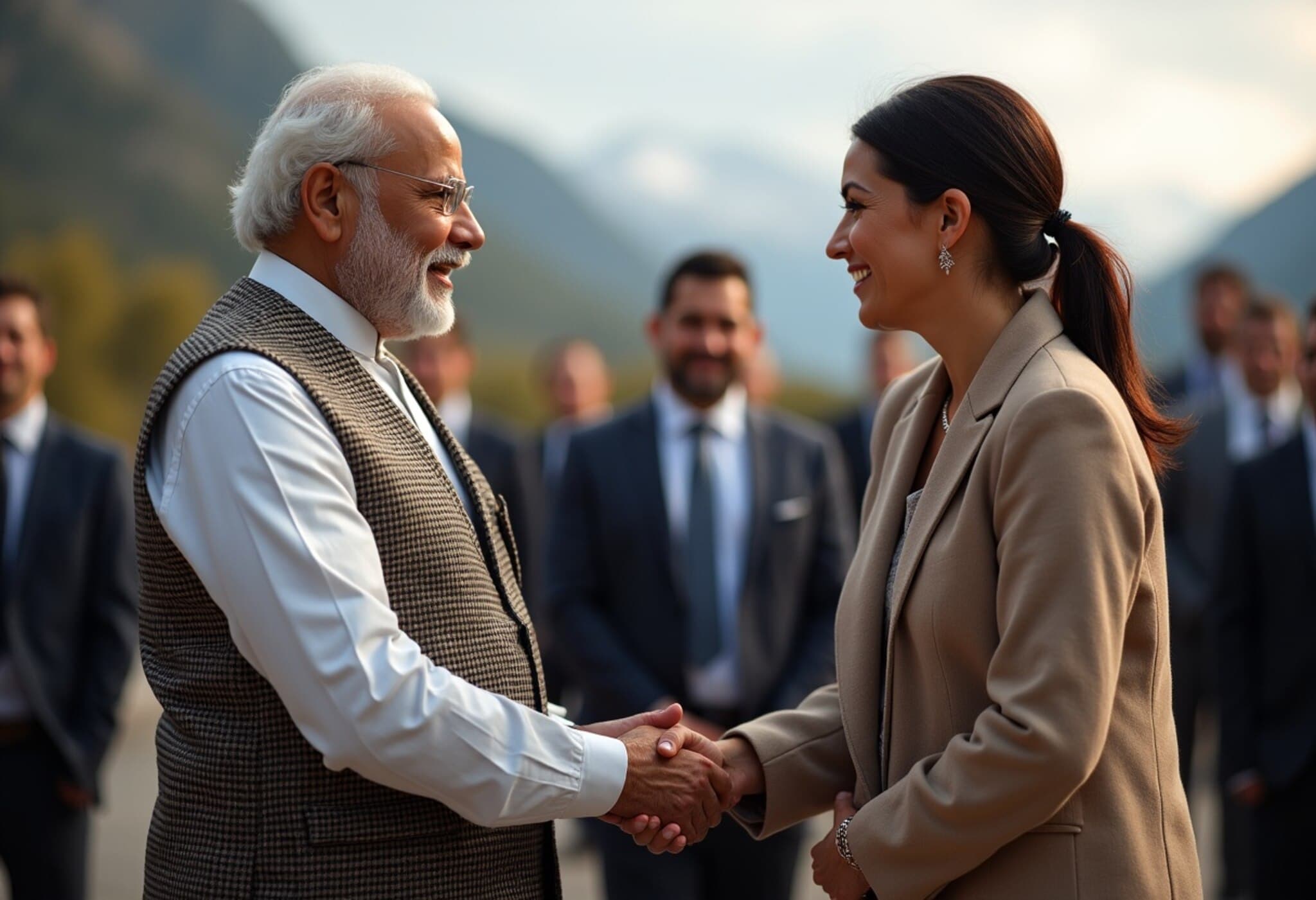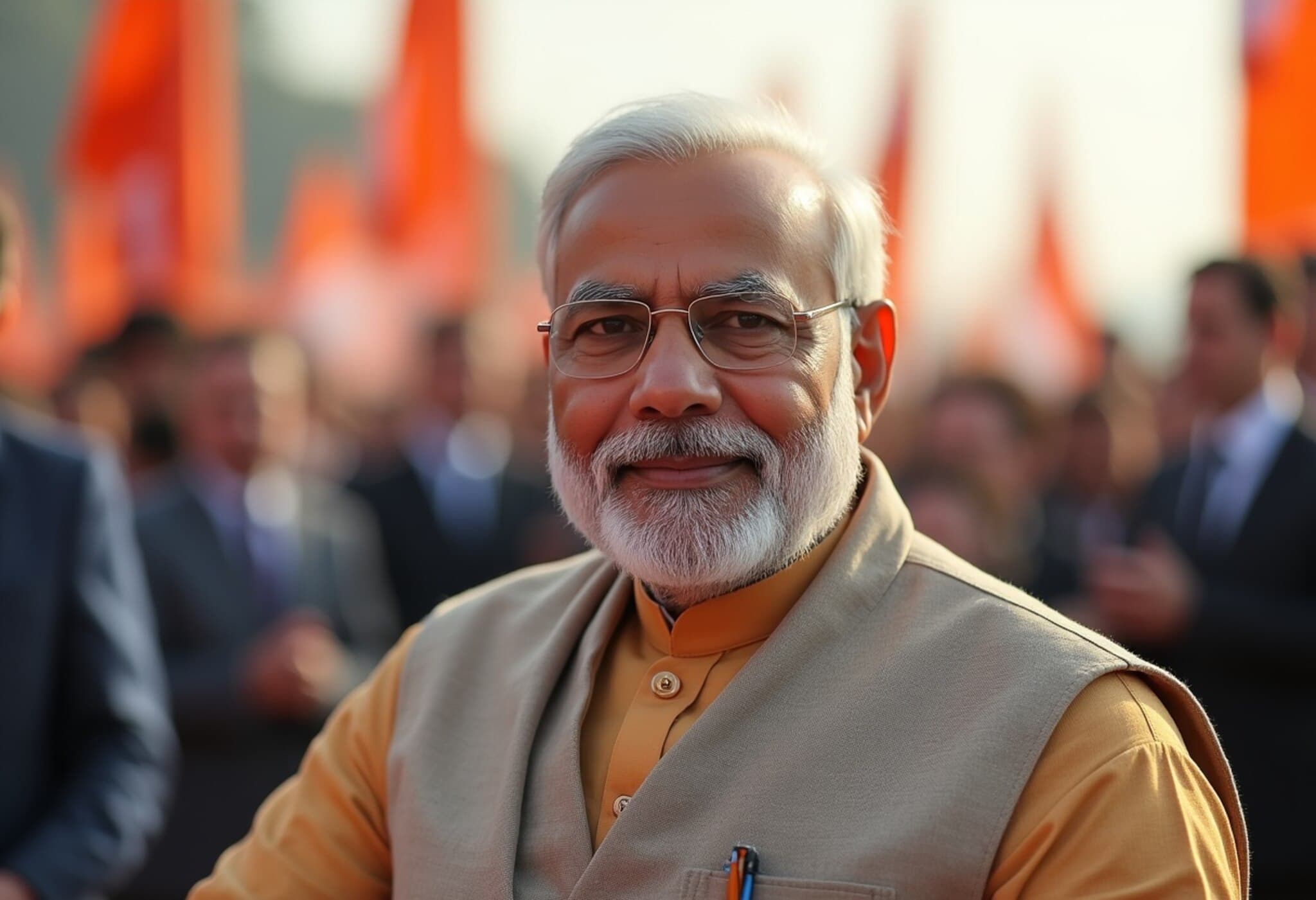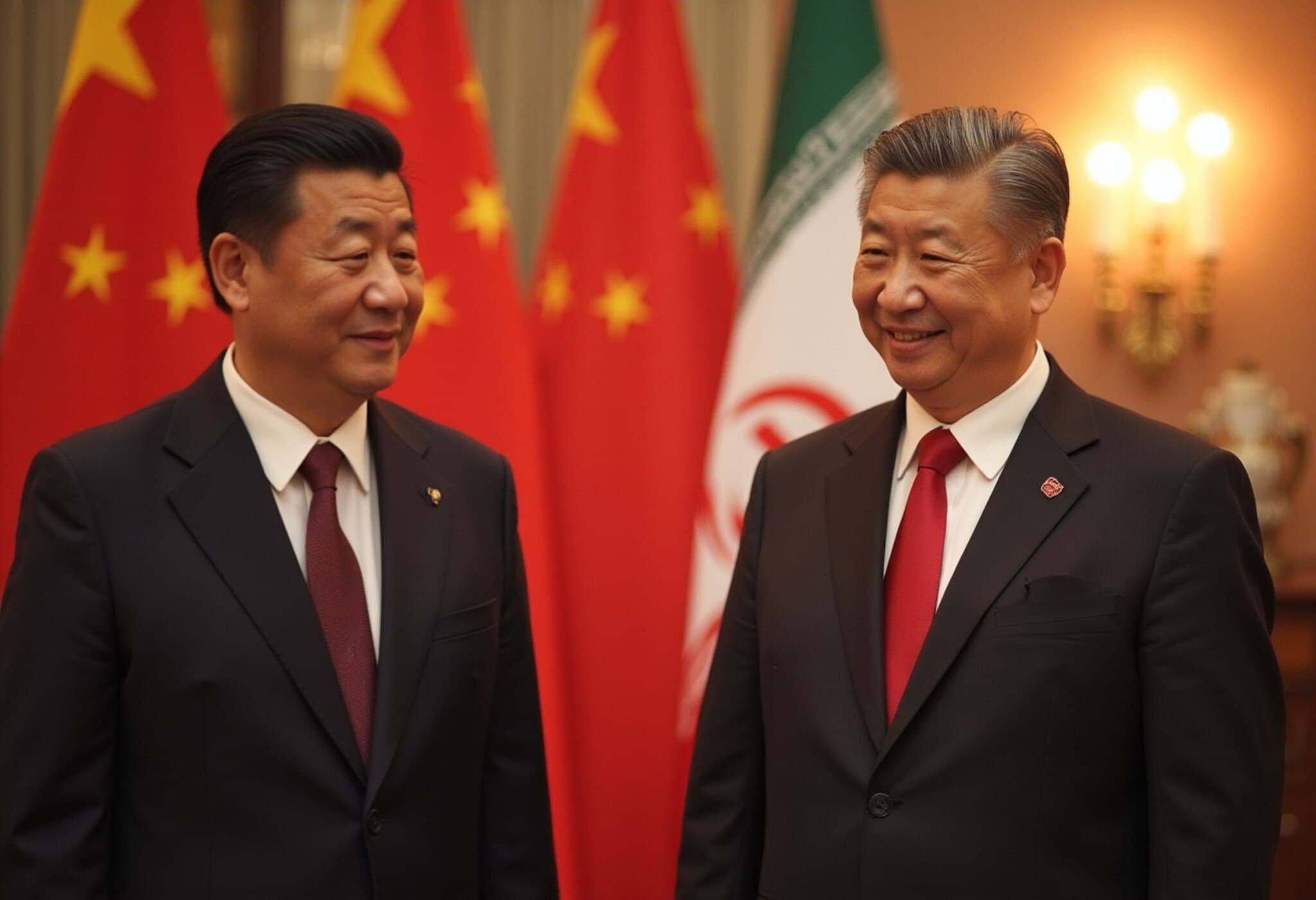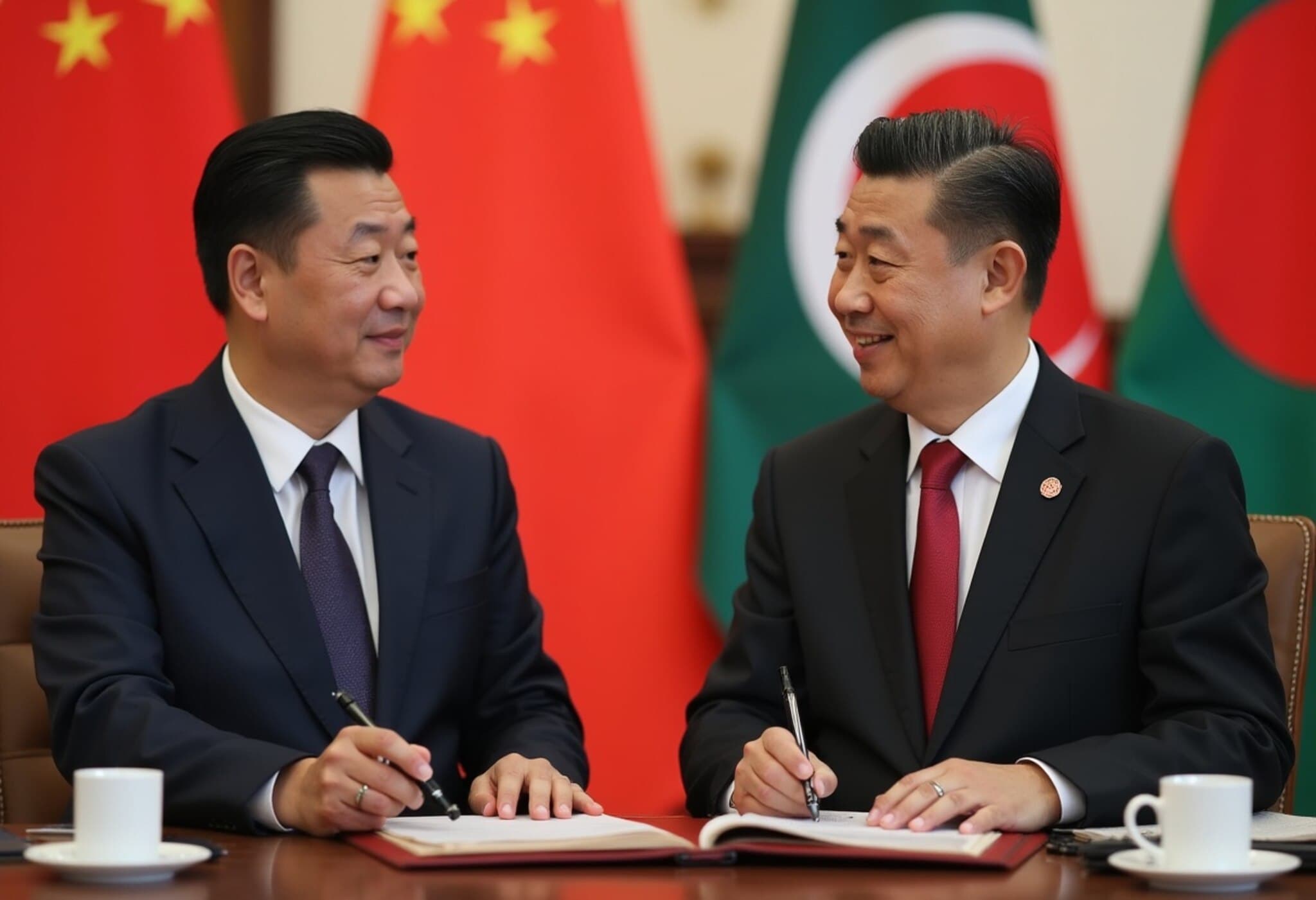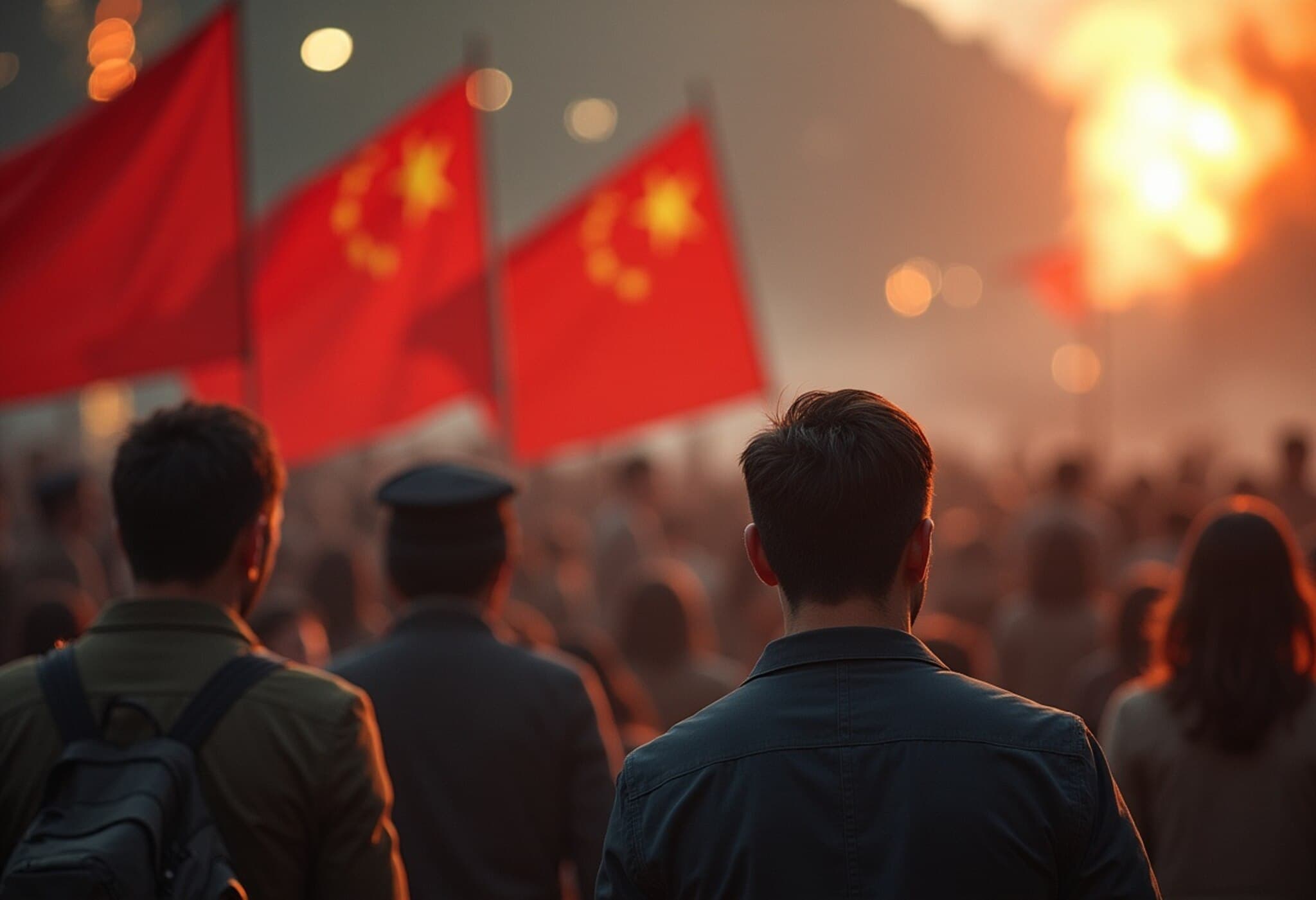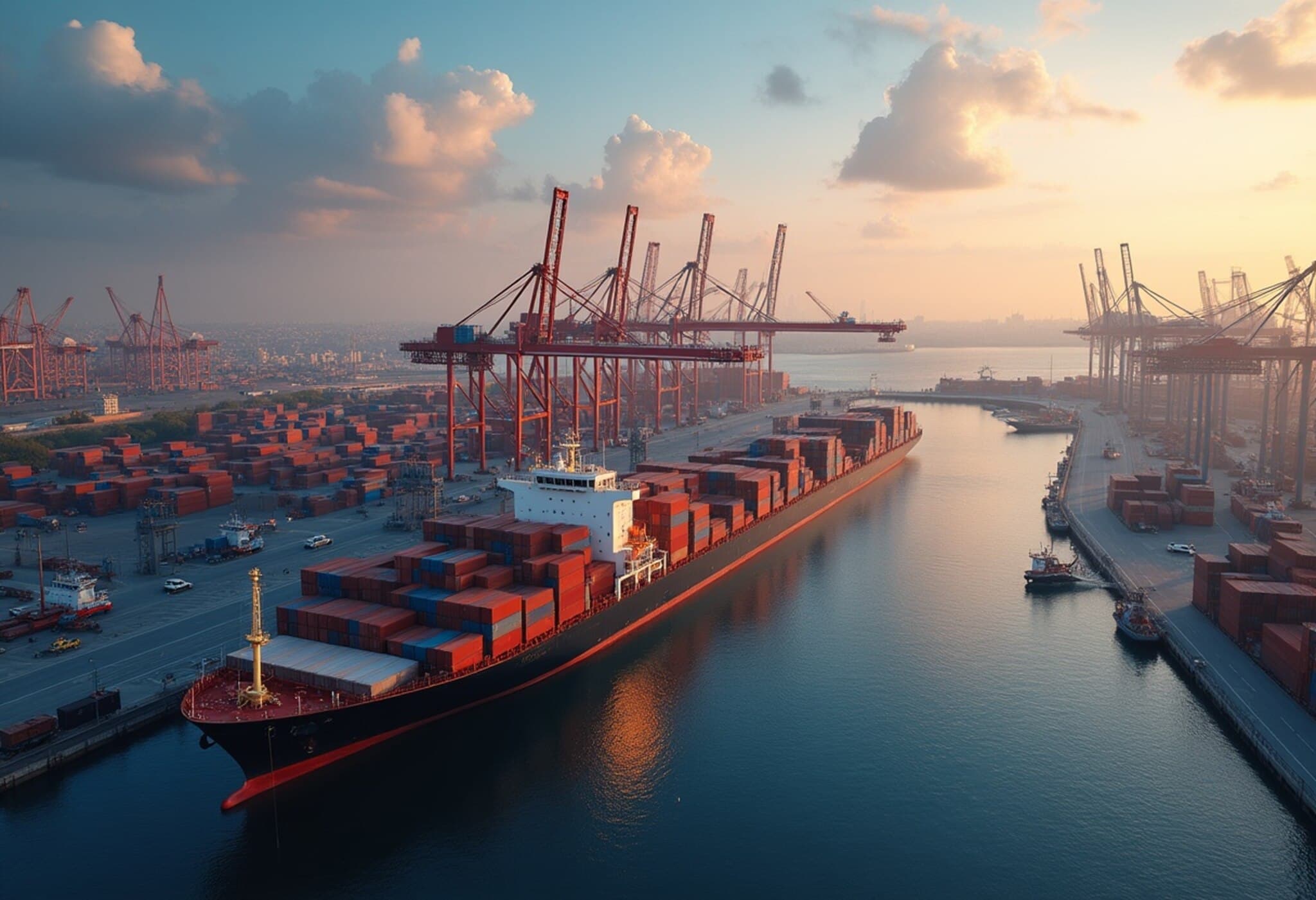China's Strategic Economic Engagement with Iran
As a pivotal ally and the biggest buyer of Iranian oil, China has maintained a delicate stance amid Iran’s regional conflicts, advocating for diplomacy rather than confrontation. Over the years, Beijing has steadily deepened its economic ties with Tehran, encompassing vast sectors from energy to infrastructure.
Long-Term Cooperation Agreement
In 2021, China and Iran signed a significant 25-year cooperation pact aiming to bolster strategic and economic collaboration. Although full details of the agreement have not been publicly revealed and its implementation pace remains slow, this deal underscores Beijing's commitment to strengthening its foothold in the Middle East.
Despite this, Chinese state-owned enterprises have been cautious, mainly due to the risks of violating US-imposed sanctions on Iran. This caution has led to Chinese investments in Iran being relatively modest compared to Beijing’s stakes in other Gulf countries.
Comparative Investment in the Middle East
- Chinese investments in Iran since 2007 are estimated to be just under $5 billion.
- By the end of 2023, direct investments from China stood at about $3.9 billion.
- In contrast, China poured $8.1 billion into the United Arab Emirates between 2013 and 2022.
- Saudi Arabia attracted nearly $15 billion in Chinese investments from 2007 to 2024.
China's Energy Interests in Iran
Energy remains the cornerstone of China’s economic ties with Iran. Every month, China imports roughly 43 million barrels of oil from Iran, making up around 90% of Iran's oil exports and close to 14% of China’s total crude oil needs.
Around 65% of all crude oil and condensate transported through the Strait of Hormuz is bound for China, emphasizing Iran's critical role in China's energy security.
Major Energy Collaborations
- In 2016, China National Petroleum Corporation (CNPC) partnered with French energy giant Total and an Iranian state firm on the offshore South Pars gas field—a project valued at $4.8 billion. However, CNPC withdrew in 2019 amid US pressure.
- CNPC’s 2009 agreement to develop the North Azadegan oil field included a first phase valued around $2 billion, with oil shipments starting in 2016.
- China’s largest refiner, Sinopec, signed deals worth over $4 billion between 2007 and 2017 to develop and upgrade oil fields and refineries in Iran.
- In renewable energy, China’s LDK Solar struck a approximately €1 billion ($1.16 billion) deal in 2024 to build a large solar power plant expected to generate 2 billion kilowatt-hours annually.
Infrastructure and Railways: Building Connectivity
China is also heavily involved in upgrading Iran’s rail and transport infrastructure, reinforcing economic integration as part of its broader Belt and Road Initiative ambitions.
- In 2018, China National Machinery Industry Corporation secured a contract worth 5.3 billion yuan ($738 million) to renovate a major railway line connecting Tehran with western cities.
- A subsidiary of China Railway Construction Corporation also signed a 3.5 billion yuan deal in 2018 to build the 263-kilometer Kermanshah-Khosravi railway.
- The first tramway line in Qazvin city was contracted to China’s Norinco International for about $150 million in 2018.
- Earlier, in 2017, China Eximbank and an Iranian state bank agreed on a $1.5 billion deal to electrify the Tehran-Mashhad railway, though progress has been delayed due to funding hurdles.
Metals and Industrial Investments
China’s Metallurgical Corporation (MCC) committed approximately $350 million towards steel projects in Iran’s Sepid Dasht region, including a pelletizing plant. However, financial constraints have slowed the development.
Overall, China’s economic engagement in Iran paints a picture of cautious ambition—balancing strategic aims against geopolitical risks—yet underscoring Tehran’s importance to Beijing's energy security and regional ambitions.

